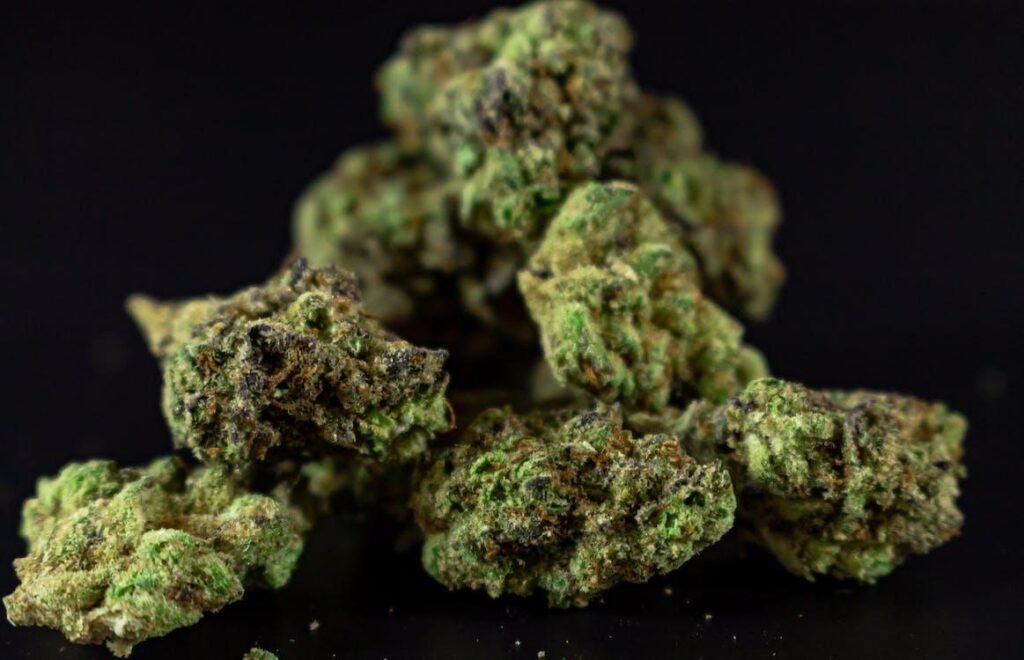
Interactions between prescribed pharmaceuticals and illicit substances have recently gained more attention. But do you ever thinking of combining Klonopin and weed? The combination of Klonopin (clonazepam), a drug often used to treat anxiety and seizures, and weed (slang for marijuana) has attracted much interest.
Combining these drugs is extremely risky since it can have devastating consequences. In this post, we’ll discuss why it’s a bad idea to mix Klonopin and weed and what may happen if you do.
What Is Weed (Marijuana)?
Cannabis sativa, often known as “weed,” is a plant that produces psychoactive chemicals called cannabinoids. Delta-9-tetrahydrocannabinol (THC) is the most well-known cannabinoid in marijuana and is responsible for its psychoactive effects. Recreational marijuana usage is associated with decreased anxiety, increased happiness, and a heightened awareness of one’s surroundings. However, it may also have medicinal use, including controlling pain and preventing nausea.
What is Klonopin?
In the category of medications called benzodiazepines, you’ll find Klonopin (the brand name for clonazepam). Anxiety, panic attacks, and some forms of epilepsy are among its most common indications for prescription. One of the ways Klonopin produces its tranquil and relaxing effects is by increasing the activity of another neurotransmitter called gamma-aminobutyric acid (GABA). Responsible usage of Klonopin as a doctor recommends has shown promising results in treating various disorders.
Learning about the effects of both Klonopin and Weed separately is essential before exploring the risks associated with mixing them.
Dangers Of Combining Klonopin And Weed

Several serious problems can emerge from concurrent usage of Klonopin and marijuana.
- Increased Sedation:
The combination of Klonopin and marijuana poses a severe risk of increased sedation. Both medications are sedative, but the combination increases the sedation. This increased sedation may compromise an individual’s capacity to engage in everyday activities safely, which can cause profound tiredness and lethargy. It might lead to accidents, hampered motor skills, and a general dulling of alertness and response. It’s one of the main reasons why you shouldn’t mix such substances.
- Heightened Risk Of Overdose:
When used together, Klonopin (clonazepam) and marijuana greatly enhance the potential for fatal overdose. Both chemicals depress the neurological system, slowing down even the most fundamental biological processes like breathing. When combined, the depressive effects might cause respiration to halt dangerously, increasing the risk of overdose. Extreme wooziness, disorientation, trouble breathing, and even unconsciousness are all possible signs of an overdose.
- Addiction And Dependence:
The potential for addiction and misuse is present in both Klonopin and weed. When used together, they can amplify the dangers of substance abuse. It’s also possible for people to develop a psychological and physiological dependence on the mixture to manage stress and anxiety. The result may be a never-ending cycle of buying more and more.
- Mental Health Consequences:
The mental health effects of combining Klonopin and weed can be devastating. Anxiety and depression are two disorders that may worsen in people who already suffer from them. An unhealthy cycle of self-medication and subsequent emotional anguish is possible. Adverse effects on mental health include:
- Difficulty making decisions.
- A worsening of existing disorders.
- Maybe even the onset of an addiction.
Because of this, it’s crucial to proceed with caution if you’re thinking about using these elements together.
- Cognitive Impairment:
Cognitive impairment is a common side effect of combining Klonopin and weed. It can negatively affect memory, focus, and motor control. Cognitive deficits can make everyday life more difficult, which can raise the prospect of unfortunate incidents.
- Respiratory Depression:
Klonopin and weed share the ability to reduce respiratory rate. The additive impact of these drugs might have fatal consequences due to abnormally slowed respiration. It can lead to a potentially fatal situation in the worst-case scenario.
- Impaired Decision-Making:
Combining Klonopin with cannabis usage can impair cognition and lead to poor choices. As a result, it’s possible for them to engage in hazardous activities or have unsafe sexual relations.
- Legal Consequences:
Depending on where you are, you may or may not be breaking the law if you smoke marijuana. If marijuana is illegal in your location, using it with a prescription drug like Klonopin might have serious legal consequences. If you break the law, you might face fines, criminal prosecution, and a tarnished reputation.
- Unpredictable Reactions:
The effects of medicines on different people might vary considerably. The interaction between Klonopin and marijuana is complicated and can vary from person to person, making the effects of combining the two difficult to predict. Some people may feel very sedated, while others may experience the opposite—intense agitation or anxiety.
Conclusion
Using both Klonopin and weed is extremely risky and might have devastating effects on one’s health. Use extreme caution if you have a prescription for Klonopin or any other drugs. Never mix prescription medicine with illegal narcotics without first talking to your doctor. They can advise on how to avoid dangerous situations and what options are more secure. We cannot ignore the risks of mixing marijuana and Klonopin. One’s health and well-being need to take action to deal with these problems.




